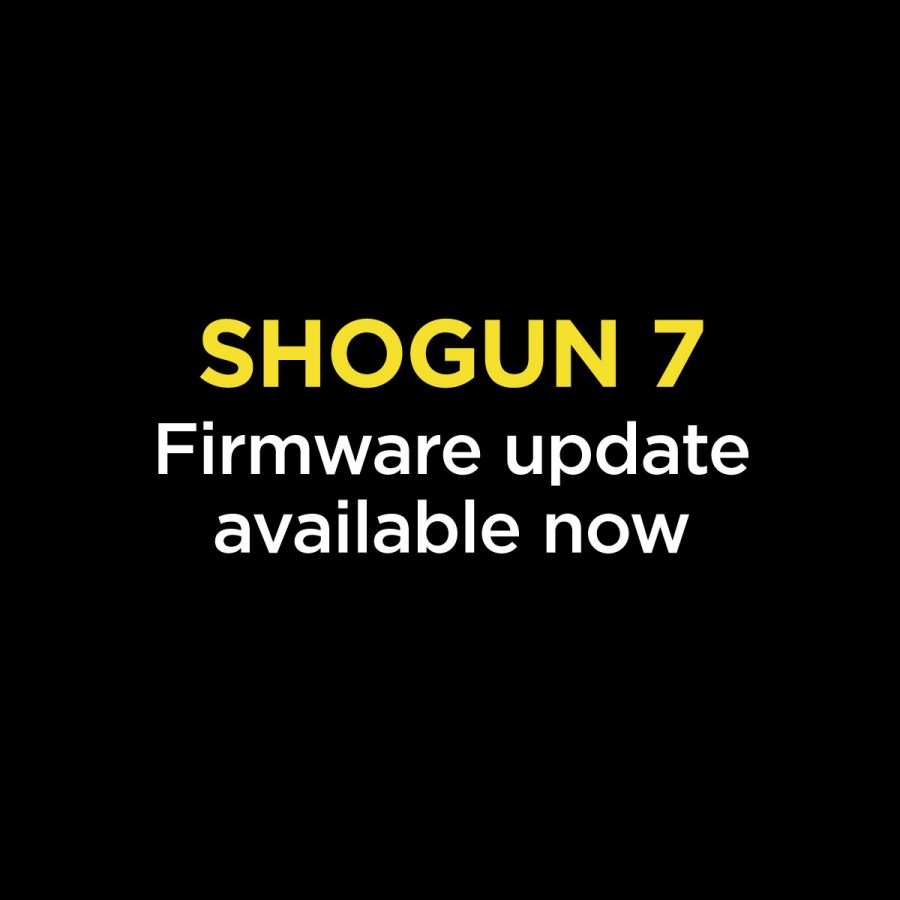

When a region is VERY darkly exposed, it falls into the jaws of the 8bit clipping point where data gets lost.

The results can be seen below… You’ll see a lot of false colour and banding in the deepest blacks.
#SLIMRAW DNG LOG FULL#
Whereas with 12bit, the image maintains almost the full dynamic range of the sensor without issues… I rate that result in 12bit as professional-standard cinema. So, whilst it’s not true to say you can’t push the 8bit RAW files around to a dramatic degree, you do need to get a decent exposure across the frame in-camera for 8bit. The fact you can with the 12bit RAW however, says a lot about the quality of that! You cannot rescue something which is completely black, like you can with, say, a medium format 16bit RAW file. All you need to do, is avoid raising the shadows too far… If you are happy with your exposure in-camera and just want uncompressed image quality with a fine film-like noise grain, along with the colour grading benefits of RAW as well, the 8bit 4K to SD card is going to give you beautiful results. I’d rate the Panasonic S1 and S1H V-LOG as having a bit more dynamic range than the Sigma Fp’s 8bit and 10bit RAW. I can see why Sigma dropped the 10bit RAW to SD card as it doesn’t really offer the obvious benefits to the image of 12bit, whilst pushing write speeds past the limit of what’s reliable. I feel that Sigma can further improve the firmware to remove the strange green noise floor in 10bit and 8bit RAW. Straight off the card the 4K 8bit RAW looks identical to 4K 12bit RAW video recorded via USB C to an SSD, and even a 14bit RAW still frame shot in photo mode. On a shoot I tend to prioritise either the highlights or shadows in-camera, not both, then I keep a good amount of contrast in the grade… So 8bit RAW quite suits me.


 0 kommentar(er)
0 kommentar(er)
